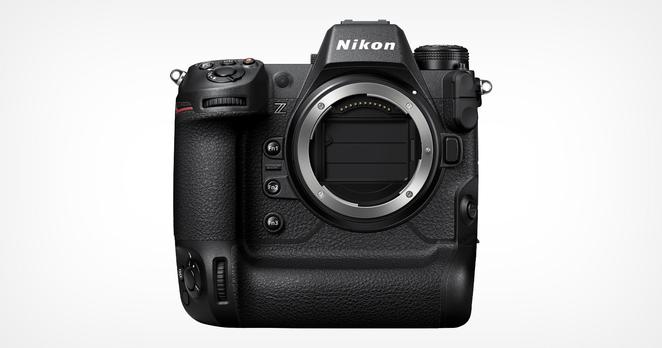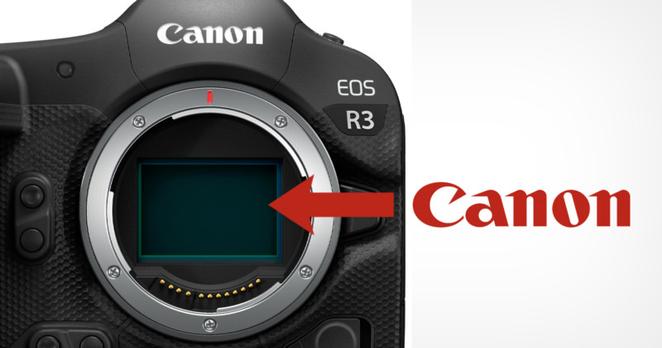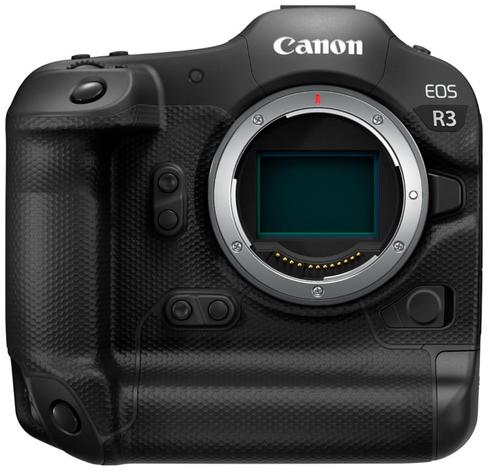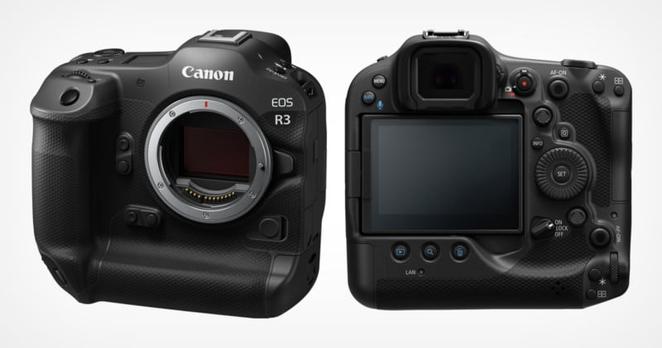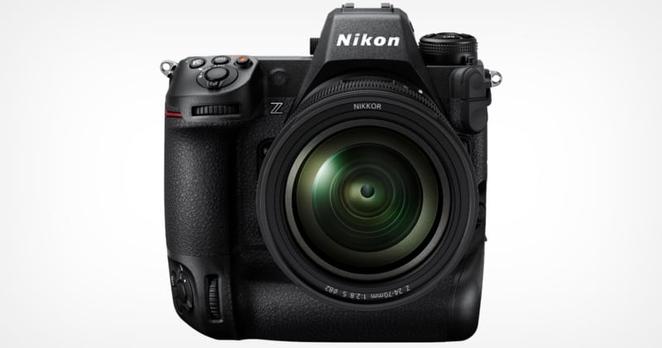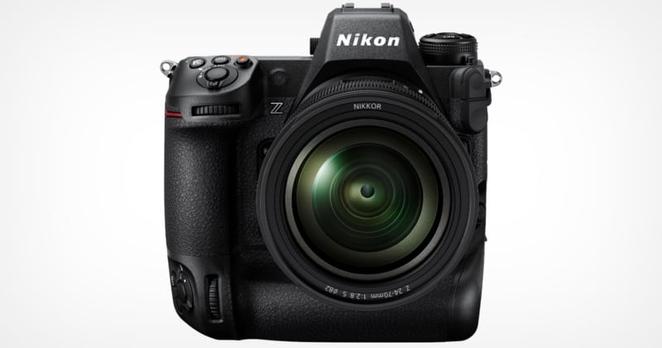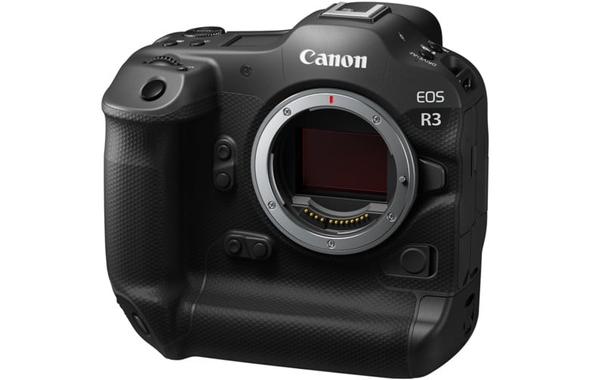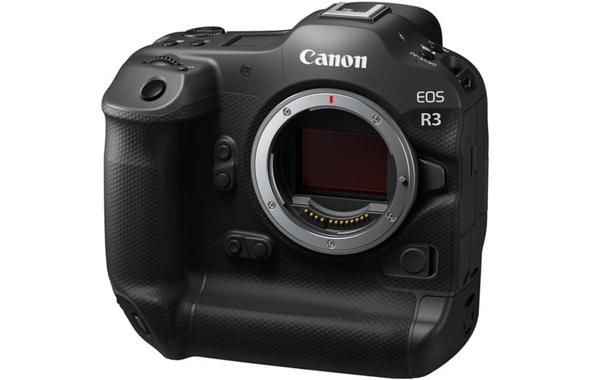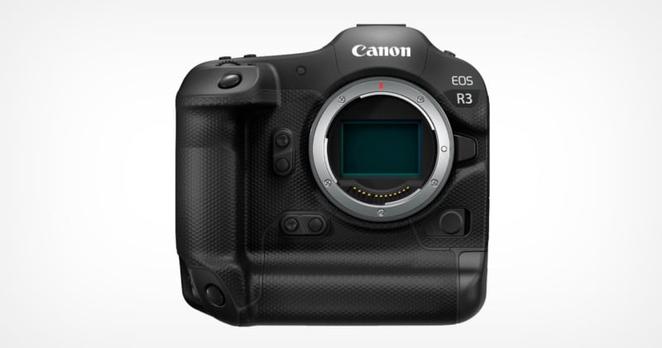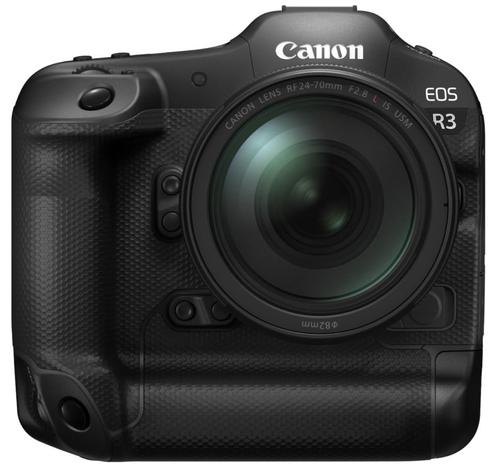#ai #aiArt #aiArtWork #Photography #ProfessionalCamera #3D #Ferrari #GreenMatte #BlackElements #HighDetail #NightJungle #BackView #ThreeQuarterView #ai #aiArt #aiArtWork #Photography #ProfessionalCamera #3D #Ferrari #GreenMatte #BlackElements #HighDetail #NightJungle #BackView #ThreeQuarterView
#professionalcamera
Canon RF 70-200mm f/2.8L IS USM Z Review: Excellent Features Come at a Cost https://petapixel.com/2024/12/05/canon-rf-70-200mm-f-2-8l-is-usm-z-review-excellent-features-come-at-a-cost/ #actionsportsphotography #professionalphotography #professionalcamera #canonrf70200lusmz #canoneosr5mkii #canonlseries #hybridcamera #viedographer #videocamera #canoneosr1 #cinemalens #Equipment #videolens #Reviews
Canon R1 vs Nikon Z9 Vs Sony a1 II: 2024 Flagship Camera Review https://petapixel.com/2024/11/30/canon-r1-vs-nikon-z9-vs-sony-a1-ii-2024-flagship-camera-review/ #fineartlandscapephotography #actionsportsphotography #wildlifephotography #professionalcamera #actionphotography #sportsphotography #eventphotography #prophotographer #flagshipcamera #Sonyalphaa1ii #flagshipbody #canoneosr1 #Equipment #Reviews #NikonZ9
Sony Has the Problem Every Competitor Wants: Its Flagship Was Too Good to Follow https://petapixel.com/2024/11/21/sony-has-the-problem-every-competitor-wants-its-flagship-was-too-good-to-follow/ #professionalcamera #flagshipcamera #sonya1markii #mirrorless #Equipment #flagship #sonya1ii #Opinion #Sony
Canon Rebuffs Rumors That Its R3 Sensor is Made by Sony
Since Canon's initial development announcement for the EOS R3, rumors have swirled that the company -- despite its statement otherwise -- was not the manufacturer of the backside illuminated sensor at its core. A report published on June 17 stated factually that the R3 sensor is made by Sony, and Canon has responded.
As PetaPixel reported on April 13, Canon stated that the upcoming EOS R3 sensor "will feature Canon’s first-ever full-frame backside-illuminated stacked CMOS sensor that it designed in-house."
Nearly a month after Canon's R3 development announcement, Canon Watch noticed that some language had been adjusted on Canon UK's website. What once stated "designed and manufactured by Canon" was adjusted to "developed by Canon." This was the first in a set of reports that would surmise that Canon was not the maker of the sensor.
Two days later, Canon Watch followed with a translation of an interview with Russian Andrey Tishchenko, Canon Russia's Head of Product and Consumer Expertise. In it, Tischenko stated that the R3 was "the first backlit Stacked Sensor BSI we have developed ourselves" and when asked if it was Canon's first stacked sensor, he responded that "the Canon G7x Mark III has a 1-inch Stacked CMOS sensor."
This statement was taken to mean that since the G7x Mark III sensor was made by Canon and Tischenko counted it as among a Canon device, therefore it was possible that the R3 was also made by Sony.
On June 17, these rumors finally culminated in a story published on EOSHD that definitely stated based on documentation of a new Sony sensor -- the IMX554DQC -- the EOS R3 sensor would not be made by Canon but instead would be a Sony product.
The report points to a product sheet from Sony that describes a 35mm full-size 30.38-megapixel back-illuminated sensor capable of capturing 36.6 frames per second in still picture mode.
"This is the first time Canon has had to go to Sony for a modern flagship EOS camera, to tap the company’s back-illuminated stacked sensor technology," the report reads. "It must work out more economical to buy the sensor from Sony than to develop the same thing themselves and license all the patents. Still, a sign of the times."
EOSHD alleges that because of this, the images taken with the R3 are not Canon photos, but Sony ones.
"This means that essentially the images coming out of the Canon EOS R3 are Sony images. Although image processing and colour science do count for a lot, the fundamental capture is by Sony. Politically, this must be hard to take at Canon."
Canon historically does not respond to rumors, but perhaps the nature of this particular report changed the company's mind as it does not treat the report as a rumor or as speculation, but rather as fact.
In a statement to PetaPixel , Canon has reiterated in no uncertain terms that it is not only the designer of the new sensor but also its manufacturer.
The sensor in the upcoming EOS R3 camera is Canon designed and manufactured.
This is the same statement that the company said to journalists in briefings in early April ahead of the EOS R3's official development announcement. Why there have been continued reports that conflict with that messaging is unclear, but there should be no question now -- Sony is not making the R3 sensor, Canon is.
#equipment #news #backsideilluminated #cameradevelopment #canon #canoneos3 #canoneosr3 #canonsensor #development #eosr3 #highendcamera #inhouse #professional #professionalcamera #r3 #response #rumors #sportscamera #sportsphotography
Nikon: Team Developing the Z9 Understands its Grand Expectations
In a recent interview with Phileweb, Nikon's Fumiyuki Wakao -- the company's General Manager of Planning and Marketing -- said that the team developing the upcoming Z9 professional camera was dealing with "great expectations and responsibilities" and that they were "struggling to reach the goal."
Nikon announced that it was developing the Z9 mirrorless professional camera in early March and promised that it would feature a stacked CMOS sensor, a new processor, and the ability to shoot 8K video. Saying that it would be “the best still and video performance in Nikon history,” the companypromised that it would meet the needs of both photographers and videographers, but did not provide any further details as to how it would do so or what more to expect.
According to Wakao, Nikon's engineers understand the large amount of pressure that is on the company to produce a high-end device that lives up to that expectation.
"The barrier between video and still images has become ambiguous, and there are high-end models as before, and the method of developing middle, entry, and lineup from there is no longer valid," he says, translated. "There is a need for development that can meet the diversifying needs of customers by digging deeper into their needs."
He explains that the desire for a true "flagship" device from Nikon fans is a demand of a "fairly high level" and therefore the development team is "struggling to reach the goal." This translation makes it seem as though the team is not able to continually push the company's technology to meet expectations, but the likely meaning of the word "struggle" as it is translated by automatic services is very likely different from the actual intent of the Japanese.
What Wakao very likely means here is that the team is "endeavoring" to meet those expectations and therefore putting considerable effort into it, which is a "struggle" of sorts, but it is not likely meant to convey the team is having a difficult time of reaching that goal.
"Until now, Nikon cameras have been pointed out as having strengths and weaknesses depending on the genre of photography, but the Z9 is being developed as a camera that photographers of all genres can use with satisfaction," Wakao continues.
What Nikon fans should take away from this interview is that the company is well aware of the lofty expectations that photographers have laid on the company and it appears that it is fully expecting to meet or exceed them. While Canon has teased its EOS R3 camera twice (here and here) since Nikon announced it was working on the Z9 and gone so far as to reveal significant detail as to what to expect when it comes to performance, Nikon is playing this one particularly close to the vest. It is unclear when the camera will be officially announced.
#equipment #industry #news #interview #nikon #nikonz #nikonz9 #nikonzmount #professionalcamera #z9
The Closest Look Yet at the Canon EOS R3
The Canon EOS R3 has been one of the most discussed cameras of the year, but until this point, it appeared to only exist on paper, in renders, and in the minds of Canon engineers -- but not anymore. In a video published by Gordon Laing, he shows that the camera is indeed real and not just vaporware.
Laing, who operates the website Camera Labs as well as a new YouTube Channel called Dino Bytes, was given the exclusive opportunity to take a look at the EOS R3 in person, discuss a few points about it, and show it from multiple angles that have not been specifically shown to anyone else.
In a conversation with PetaPixel , Laing specified that while he was able to take as many photos and videos of the camera from any angle he wanted, there were some limitations as to what he was allowed to do with the pre-production unit.
Firstly, he was not allowed to turn on the camera or see it turned on at all, which may indicate that it was a non-functioning model -- he was not told either way. Laing was also not allowed to remove the body cap to get a look at the sensor, though he says he expects that the shutter would have been closed anyway even if he had been.
However, because he was able to see the camera in person, there are a few details he was able to glean that were not necessarily something that could be noted from seeing just the official renders.
"I can't comment on weight, but in terms of size, it looks like a slightly shrunken 1DX, most noticeably shorter due to the lower viewfinder head," Laing tells PetaPixel. "My exposures in the forest were a little bright, so it looks a little darker in person. I have to say I really liked the way it looked in person. Obviously bigger than an R5, but not anywhere near as large as a 1Dx. I guess the Olympus EM1X would be closest in overall heft, and I've estimated the size in my video."
Laing specifies that his time with the R3 is more of a "hands-off" than a "hands-on" experience. While he was able to get closer to the camera than anyone outside of Canon yet had, he was still particularly limited with what he was allowed to show.
"I always take any opportunity to see a product in person when given the choice. It allowed me to film it from multiple angles so we can get a good look at the buttons, controls, and various protrusions."
For more from Laing on the R3, make sure to watch the video above and check additional photos on his EOS R3 page on Camera Labs. For more, make sure to subscribe to his YouTube Channel.
#equipment #news #canoneosr3 #canonrf #canonrfmount #eosr3 #gordonlaing #handson #inperson #mirrorless #professionalcamera #r3 #rf #rfmount
Canon Announces Development of the EOS R3: ‘A New Class of Camera’
Canon has announced the development of a new professional-focused mirrorless camera called the EOS R3, which will sit between the R5 and the 1DX series. Built for speed, it will feature the first full-frame backside-illuminated CMOS sensor developed by Canon.
When it arrives, the R3 is promised to be an "outstanding complement" to the two super-telephoto zooms also announced today for the RF mount: the RF400mm f/2.8 L IS USM and RF600mm f/4 L IS USM. Canon promises that it will "usher in a new category to the EOS R system" and that it will place great emphasis on "superb autofocus performance and speed, with fast-moving subjects."
The camera, which features what is considered to be a professionally-oriented built in-battery grip found on Canon's 1-series DSLRs, is being designed to meet "reliability and durability demands of professionals even when working in challenging conditions."
The development of the Canon EOS R3 and the launch of the new RF lenses are the latest testament to the company’s commitment to professional still and video image and content creators. When the camera becomes available, it will pair well with each of the new RF lenses announced today. Canon is excited to share this news today, and we look forward to seeing the images captured with the new RF lenses and upcoming EOS R3.
-Tatsuro “Tony” Kano, Executive Vice President and General Manager, Imaging Technologies and Communications Group, Canon U.S.A.
As noted, the EOS R3 will feature Canon's first-ever full-frame backside-illuminated sensor that it designed in-house and that the company promises will provide substantially faster readout speeds during still-imaging recording. Additionally, faster readout speeds mean less rolling shutter distortion when the camera is capturing images with the electronic shutter, which Canon says the R3 will be able to do at up to 30 frames per second with full-time Dual Pixel CMOS autofocus active and auto exposure.
Canon does stipulate that continuous shooting speed may decrease depending on the lens used and in different shooting conditions, however.
Speaking of autofocus, the R3 will use the autofocus technologies found in both the R5 and R6, including Canon's body and eye-detection, but boosted to work even better during action-type shooting thanks to Deep Learning technology. In addition, Canon says that the EOS R3’s subject detection AF will offer new recognizable subjects for its AF system, which it says will bolster its focusing capabilities during challenging shooting conditions.
Canon also says that the electronic viewfinder (EVF) will feature the ability to select the initial area for AF tracking simply by looking at the viewfinder. Called Eye Control AF, it can combine with Servo AF to focus and track moving subjects at a specific location in the frame simply by measuring where your eye is looking at any given time. While the feature won't always work with certain sunglasses, mirror sunglasses, hard contact lenses, or bifocal eyeglass lenses, the concept will allow the camera to see what you're looking at and actively adjust autofocus to prioritize what you are seeing and work in tandem with your vision.
If that feature sounds familiar, it's because this is not the first camera into which Canon has implemented autofocus control that tracks the photographer's eye. Originally launched in 1998, the similarly-named Canon EOS-3 was a high-end SLR that pioneered a few innovative features including Eye Control Focus, now rebranded Eye Control AF in the R3. For fans of Canon cameras dating back to the late 90s, seeing the company reintroduce a once-loved camera line is particularly exciting.
The Canon EOS R3 will feature a brand-new, single-piece camera body with an integrated vertical grip section, weather and dust resistance equivalent to the 1-series DSLRs, and work with a new iOS and Android Mobile File Transfer application that Canon will launch along with the camera.
Canon did not make any note of the expected resolution of the new backside-illuminated sensor, the expected release date, nor the price, but says that more information on the camera will be made available when it officially launches.
#equipment #news #cameradevelopment #canon #canoneos3 #canoneosr3 #development #developmentannouncement #eosr3 #highendcamera #professional #professionalcamera #r3 #sportscamera #sportsphotography


